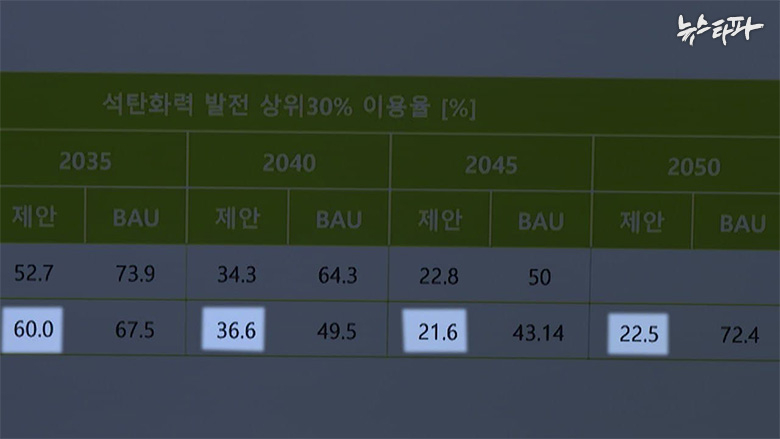


| Design | Lee Do-hyeon |
| Publishing | Heo Hyeon-jae |
KCIJ-Newstapa does not accept any advertisement or commercial sponsorship. Individual citizen's voluntary support sustains Korea’s only independent investigative newsroom. You can join our 'Defenders of the Truth' now.